On the Salt
Out on the flats there seems to be no road rules, but then there’s no roads, just black tyre tracks running in various directions where others have gone before. Drivers use GPS as well as the ‘islands’, the peaks of ancient volcanoes which can appear to be floating blobs or holes on the horizon, to navigate. There are no other landmarks.
Wet season, which runs from December to April, leaves water on the salt surface which reflects the sky making it difficult to discern where the salt finishes and the sky starts. It makes for some fantastic photographs. During December and January it can get very wet and tours can be cancelled. Dry season is just as good to get reality defying images. Tour operators carry props – plastic dinosaurs, wine bottles, spoons, toy vehicles… With the right angles and distances between objects it can appear as if you’re fighting life-size dinosaurs, blowing people off your hand, stomping on a Lilliputian friends…
Here and there, thigh-high salt pyramids jut up. Scoured from the flats leaving shallow rectangles on the surface the salt dries like this before being trucked to Colchani.
The salt can be mere centimetres thick, a worry when travelling across it, but can reach over 10 metres in thickness.
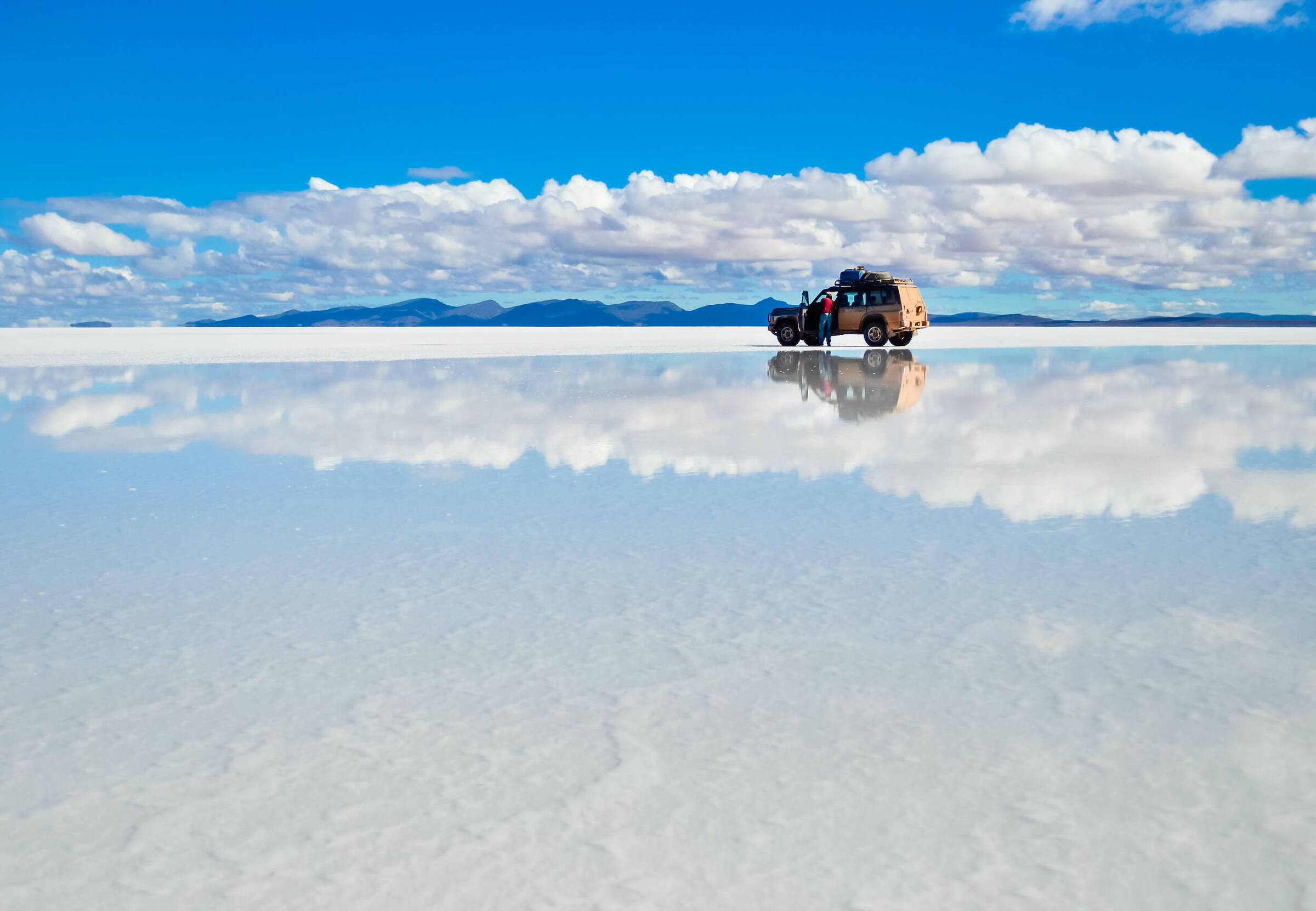
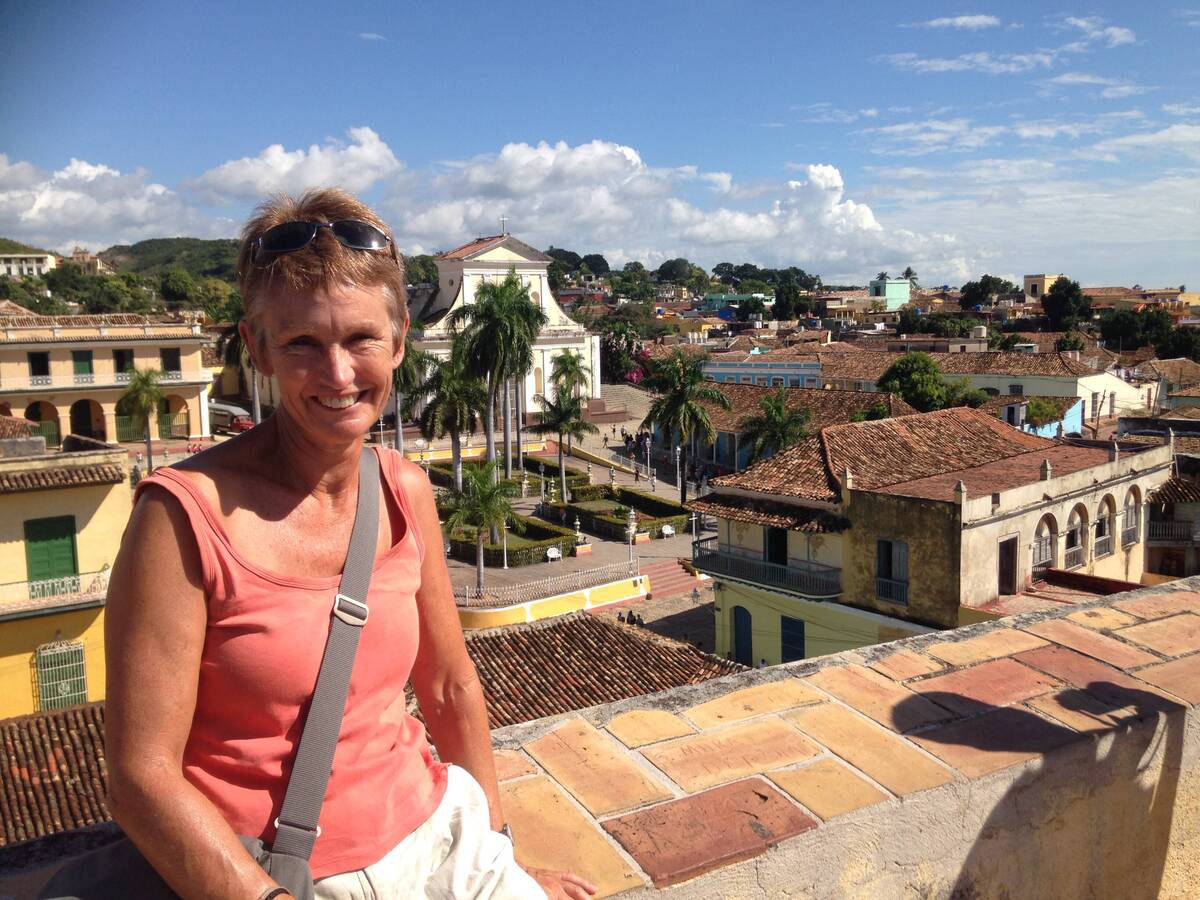
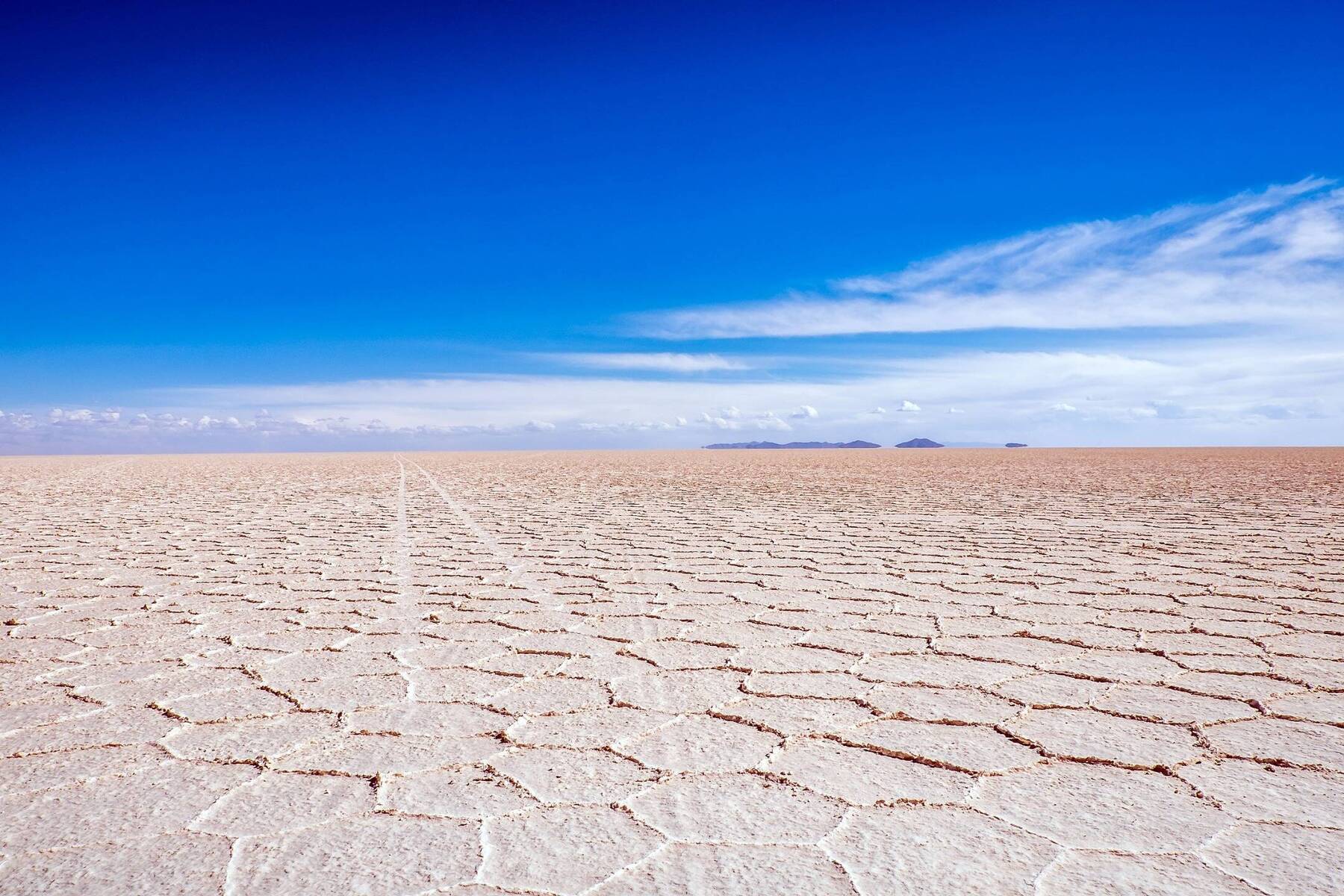


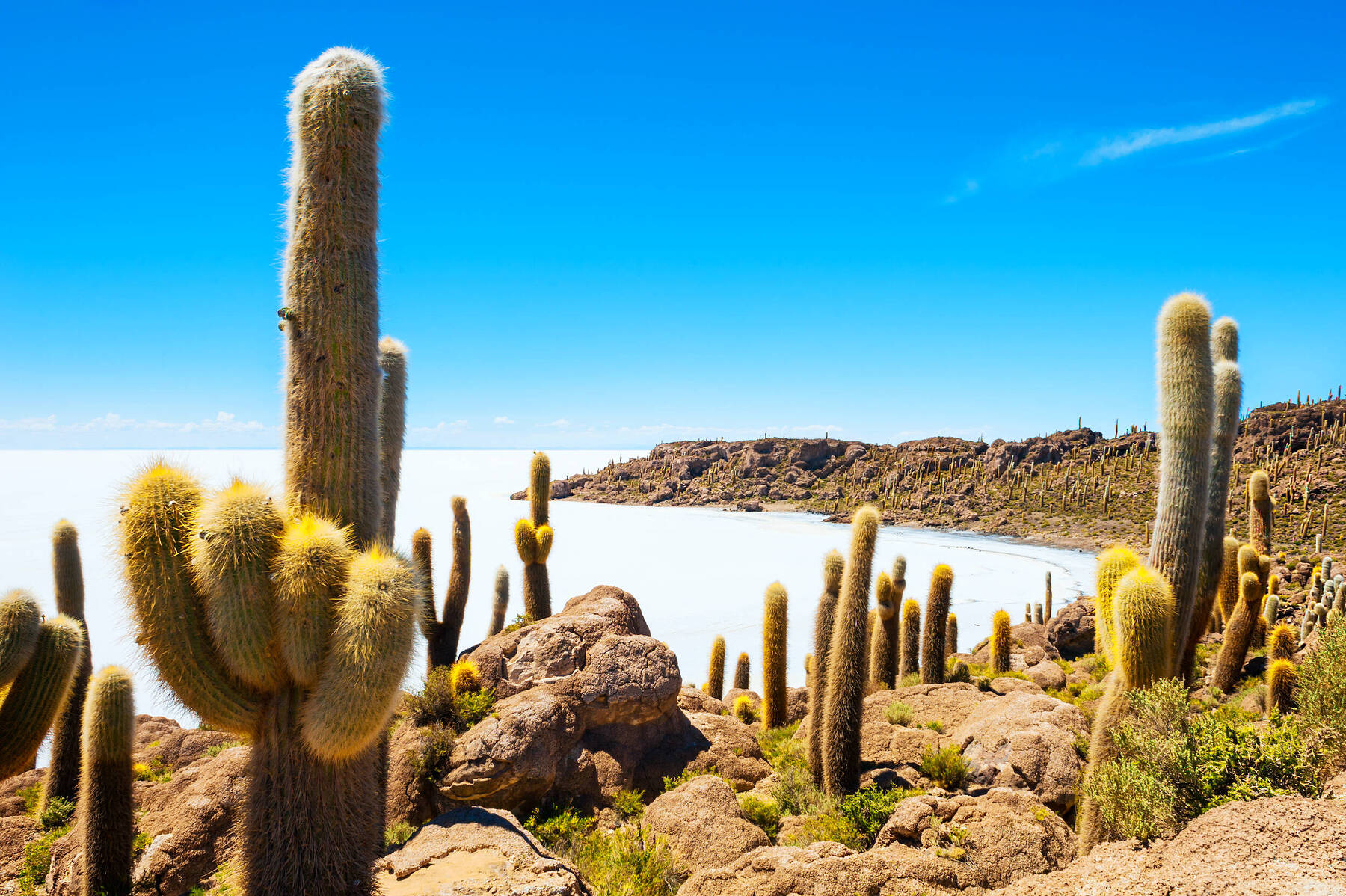
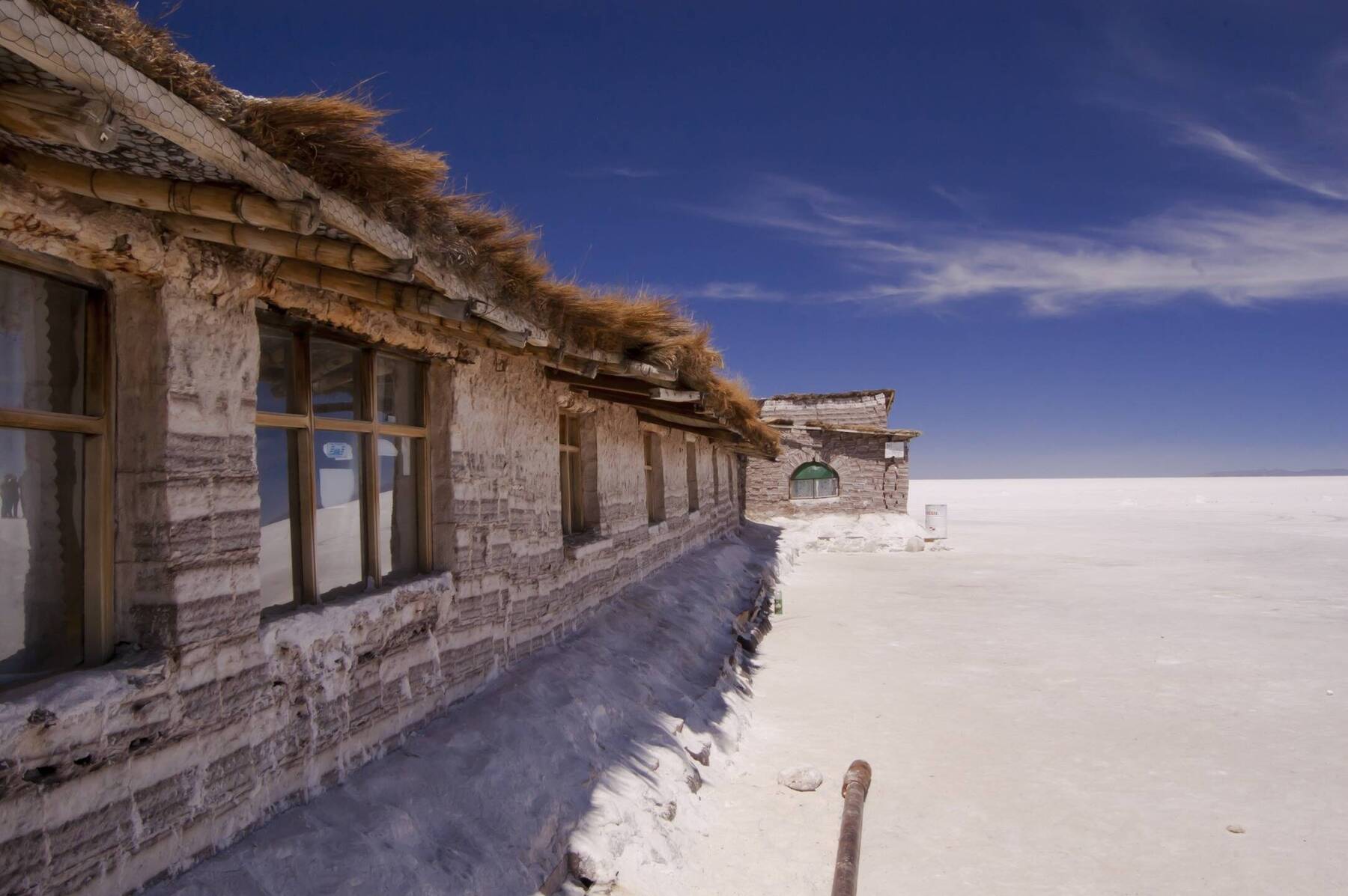
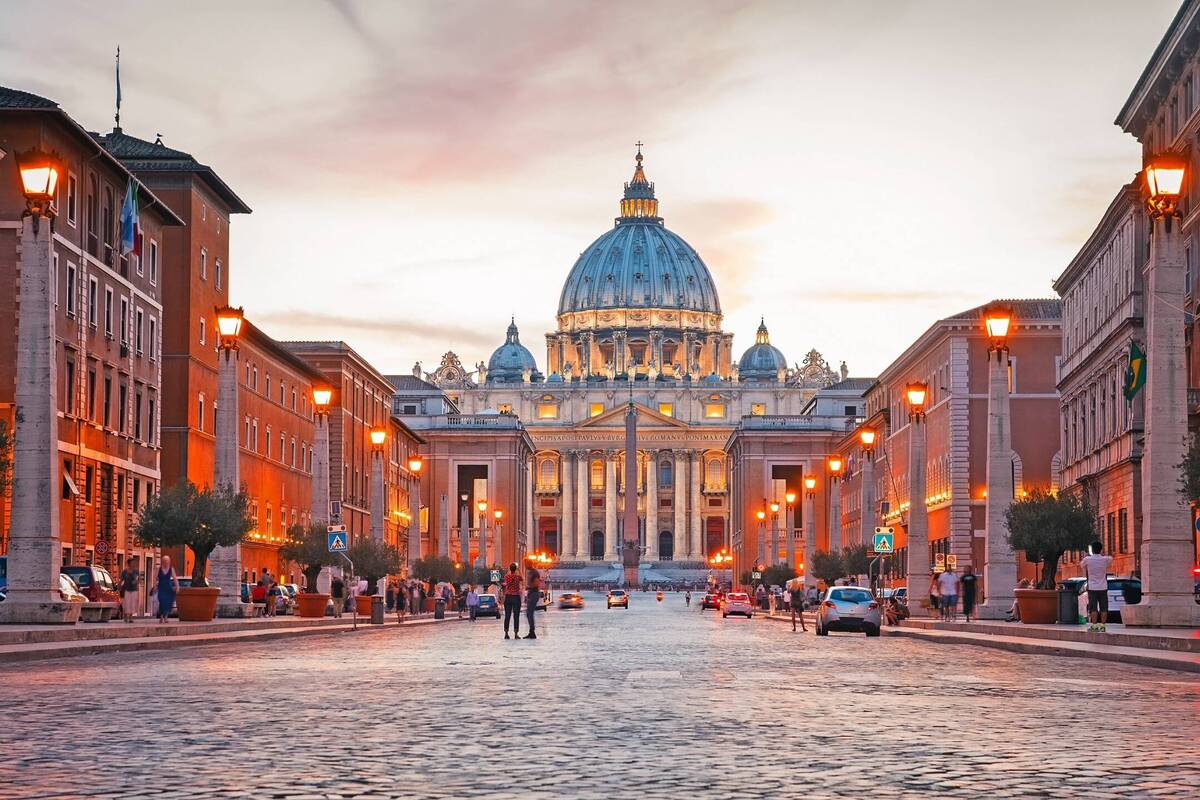
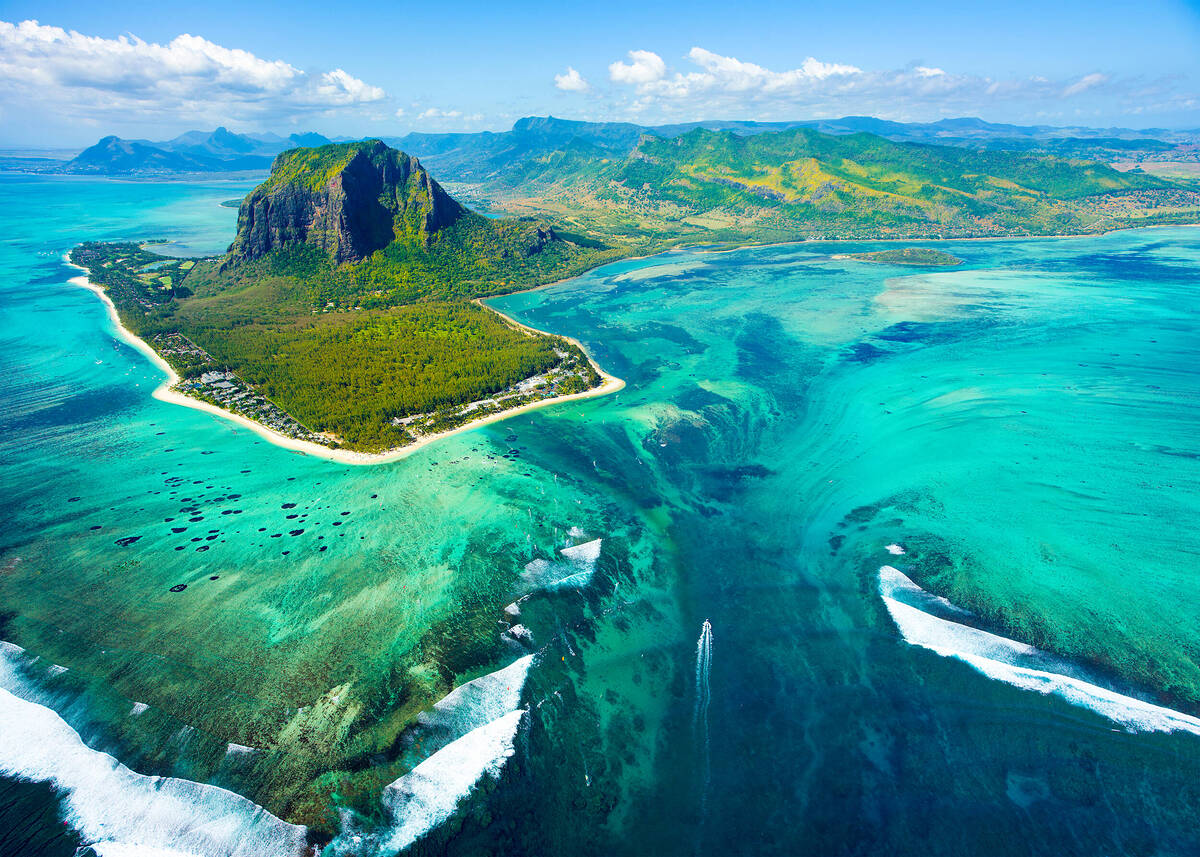














Comments